WASHINGTON (Army News Service, Aug. 28, 2008) For thousands of school children across America, the upcoming Labor Day weekend will be the last hurrah of the summer; the last chance to dive into the refreshing local swimming hole, enjoy the myriad amusements of an area beach or water park, or just laze away a few more blissful days, without thoughts of homework and tests.
For dozens of students from Maryland to New Mexico, the Labor Day weekend means the end of their participation in a program called GEMS, for Gains in the Education of Mathematics and Science. Participation in the program may have given them a whole new perspective on what they'll do in the future.
Under the auspices of the Army Education Outreach Program, the annually offered summer-vacation program primarily targets high school students, but is open to eighth graders as well, to pique their interest in math and science and possibly lead them to pursue degrees in math and science in college, said Chris Rodriguez, an electronics engineer for the Army Research Laboratory's White Sands Missile Range's Information Electronics Protection Division.
Under the program, students learn about science and engineering from ARL scientists and engineers at White Sands and at ARL in Adelphi, Md.; and Aberdeen Proving Ground, Md.
GEMS programs are also offered at Walter Reed Army Institute of Research in Washington, D.C., and Redstone Arsenal in Huntsville, Ala., Rodriguez said.
"Anybody in the Army can take advantage of the program," he said. "Through the AEOP, It's very easy to start a GEMS program at your installation."
During the one- to four-week program, depending on the students' level of science and engineering proficiency, students undergo instruction from science and engineering professionals at the installation hosting GEMS, performing experiments that illustrate basic scientific principles, said Rodriguez, whose installation hosted GEMS students for the first time this summer.
"We had 21 students, but facilities in different areas can have as many as 100 kids," Rodriguez said. "We have a design laboratory at WSMR, where we build circuit boards. So we provided kits that allowed kids to build circuit boards to create various things, including a lie detector and a tone generator."
White Sands Missile Range provided buses to pick up the kids from local communities and bring them to classes on post. At the end of each eight-hour day, the buses transported them back home. Kids who completed the training received $100 educational stipends - an added reward for expanding their minds.
Terry Jameson, an ARL research meteorologist and instructor in the GEMS program at White Sands, said students participate in both classroom presentations and hands-on activities. Courses can range from robotics, meteorology, lasers, computer vulnerabilities and radio research, to probability and statistics. Collectively, they demonstrate the variety of scientific and engineering work the Army's civilian professionals conduct daily to develop new systems for Soldiers.
The Army has been encouraging students to get involved in advanced fields for quite some time, said Dr. Don Hoock, chief of ARL's Atmospheric Dynamics Branch.
"ARL has a history of outreach to the local communities to get students involved in science and math, with hopes that by exposing them to science and engineering at an early age, they'll pursue careers in those fields," Hoock said.
Students or parents interested in learning more about the program can do so by visiting AEOP's GEMS Web site at <a href="http://www.usaeop.com/programs/GEMS/target"=_blank> www.usaeop.com/programs/GEMS</a>.
(Drew Hamilton, a writer for the Missile Ranger newspaper at White Sands Missile Range, N.M., provided a report that contributed to this article.)

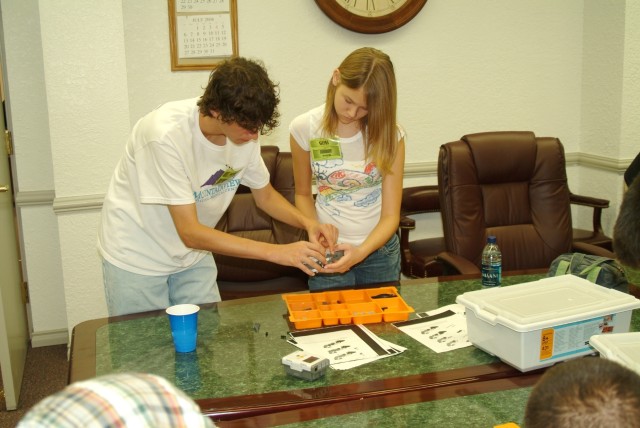
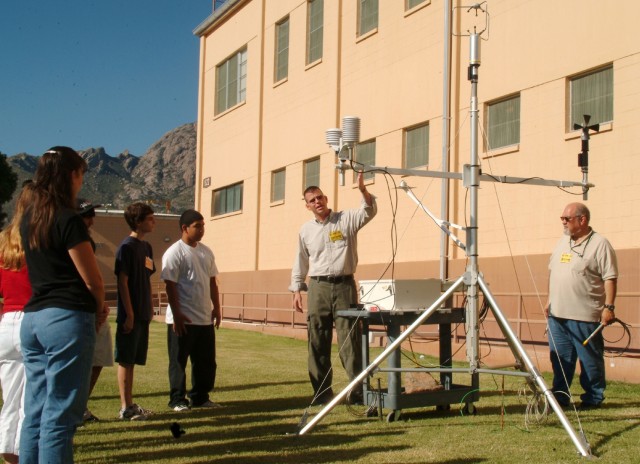
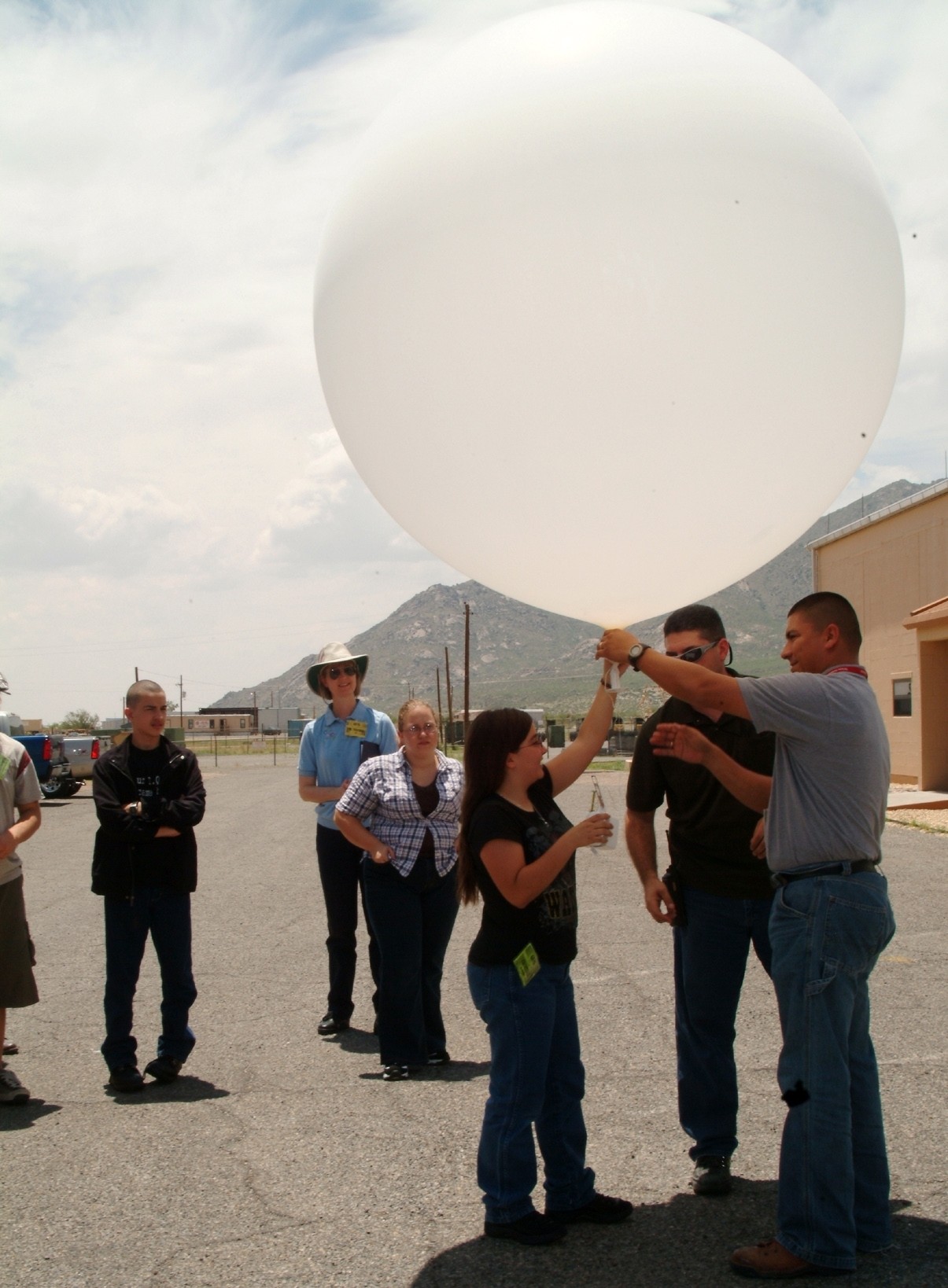
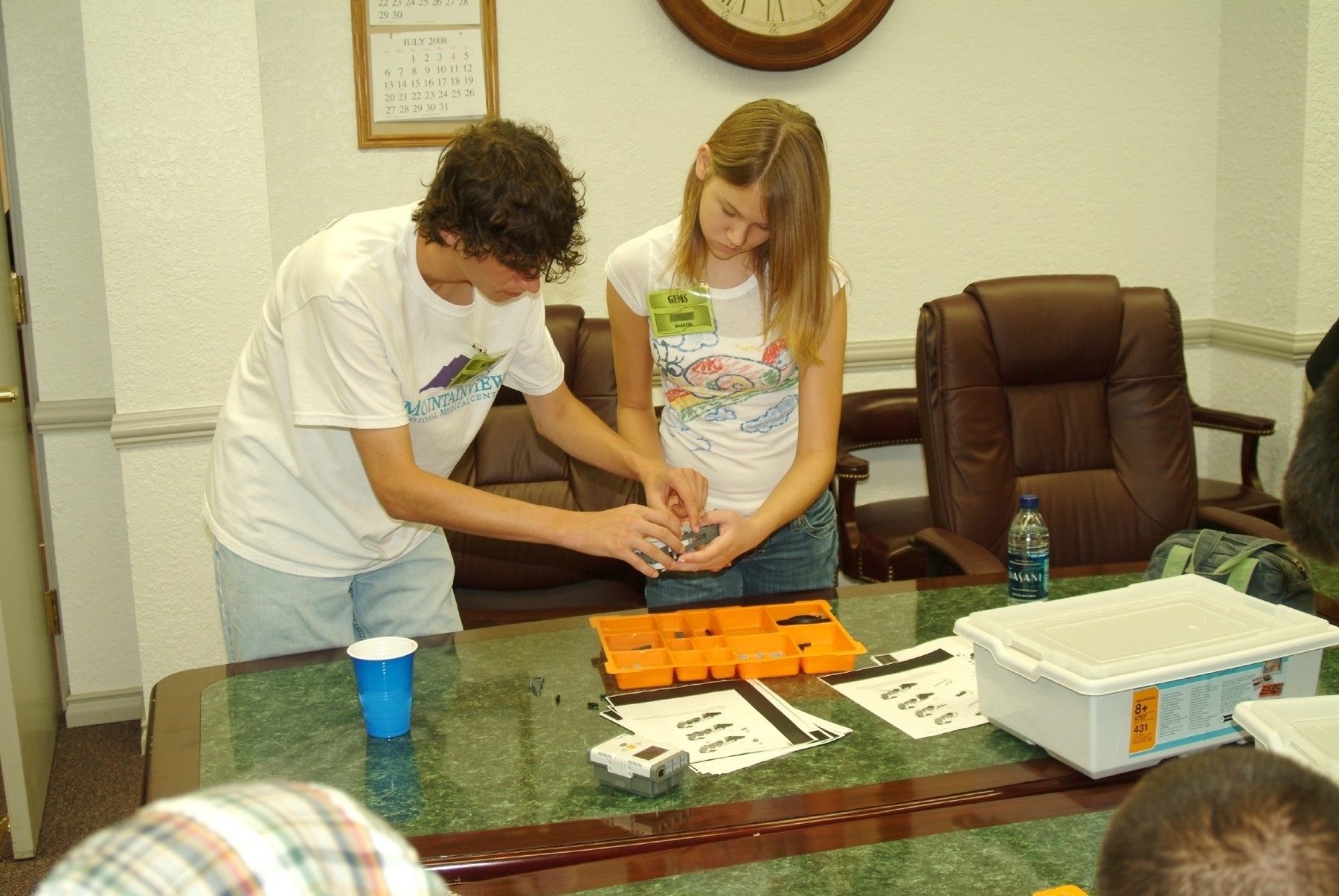
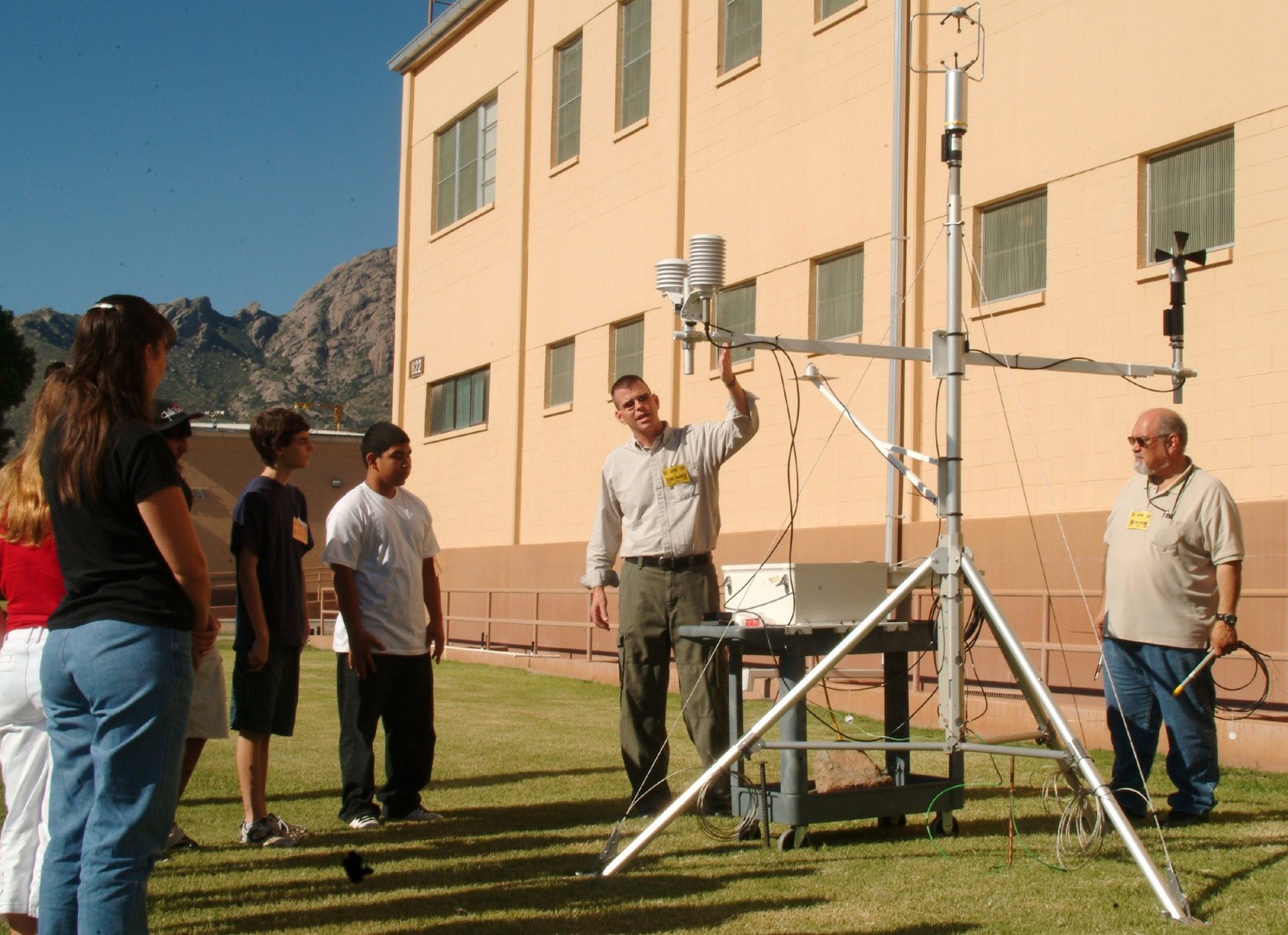
Social Sharing